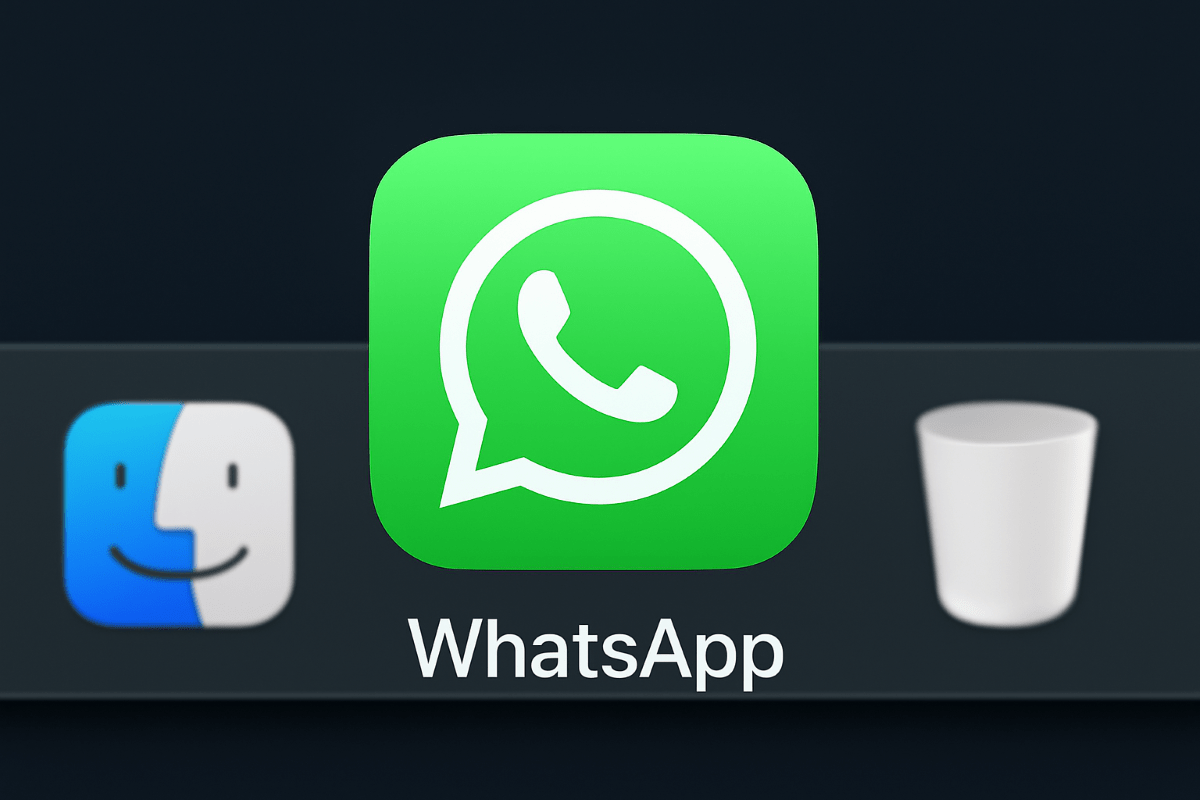Apple’s MacBook Air is one of its most popular laptops for a reason. The laptop has remained slim and lightweight since it’s iconic introduction, and as of the release of Apple’s M-series chips, comparatively powerful, too. What it hasn’t been is very affordable, even now at $1000. Apple’s answer to people looking for an affordable computer has long been the iPad. First, as a casual web browsing and app-using device, and later as a psuedo-laptop with one of the company’s many keyboard accessories. For schools and people on a budget, though, a Chromebook or a refurbished Windows or macOS device still makes a lot more sense.
At least until Apple releases its newer, more compact and price-conscious laptop. Reports indicate that the company is working on a smaller Mac powered by the same chips as modern iPhones, that will ideally come in under $1000 when it launches. That means Apple would finally be competing more directly with the Chromebooks of the world, but it might also reconnect the company to a style of smaller laptops it had a hand in driving towards extinction. Apple’s new MacBook could be the start of another generation of netbooks.
Apple is no stranger to a small laptop
The company has made sub-13″ computers multiple times
Apple’s first “consumer” notebook was the iBook G3, a colored clamshell laptop the company originally pitched as an “iMac to go.” On pure looks alone, the laptop Apple introduced in 1999 looked like a younger sibling to the iMac, and for good reason, it aimed to take computing to a new level of accessibility, just like the Mac did.
The iBook G3 used a PowerPC G3 processor, ran Mac OS 9 (before Apple changed its software naming conventions) and featured a 12-inch LCD screen. The device looks charming and playful in a way few Apple products do now, but its most important feature is that it supported wireless networking, a first for laptops at the time. The feature meant you could use your iBook without being chained to a wall and Wi-Fi support became a must on all mobile devices moving forward.
Apple would iterate on the iBook and eventually release the first MacBook in 2006, but it wouldn’t really return to offering a tiny laptop until 2010, when it introduced the second-generation MacBook Air, which came in both 13-inch and 11-inch sizes. The big idea behind the new Airs, besides making the first unibody aluminum design of the first model even slimmer, was to blend the elements of Macs and iPads together. The new 11-inch MacBook Air has macOS and the keyboard and trackpad of a traditional Apple laptop, but the instant-on and longer battery life of an iPad. Apple pulled this off by switching entirely to flash storage, something it would later bring to all of its computers when it transitioned from Intel to its own M-series chips.
Apple released multiple versions of its 11-inch MacBook Air and 12-inch MacBook, with the main change being a new Intel chip.
The final time Apple attempted a small laptop before its breakup with Intel was with the release of the 12-inch MacBook, often referred to as “the new MacBook.” The laptop had the right size and shape, but was burdened with the wrong components, particularly the “butterfly” keyboard design Apple would later abandon, and a weak performance because of the less demanding but also less graphically capable Intel Core M chip. It would take years for Apple to fix and tweak the new ideas the 12-inch MacBook helped introduce, but it didn’t happen without Apple killing the normal MacBook line in the process.
The netbook was replaced by two Apple products
Tablets and ultrabooks tore the tiny laptop apart
Before Apple released the first MacBook Air, a different breed of laptop was growing in popularity as an affordable and portable option. Netbooks rose to popularity in 2017 on the back of the Asus Eee PC, a Linux-based compact laptop with some of the features that would later crop up on Apple’s laptops, like solid state flash storage. Netbooks were primarily designed for getting on the internet. Their ability to connect to Wi-Fi and run a web browser was two of their most important features. Critically, they were able to do both at a much cheaper cost than more traditional laptops at the time.
Apple’s first iPad was an even more natural place for web browsing than netbooks were.
Other laptop makers would eventually get in on the game, releasing models that ran Windows, support cellular connectivity, and used Intel’s Atom processors to power things. Problems naturally arose, of course, with power, battery life and the demands of desktop operating systems like Windows, which made netbooks an easy target when tablets became the norm. Apple’s first iPad was an even more natural place for web browsing than netbooks were. And light and slim laptops like the MacBook Air — the category Intel would eventually brand as “ultrabooks” — took care of the portability netbooks used to solve.
For all those reasons, there was a lot less of a need for netbooks, and now, most devices smaller than 13 inches are tablets or niche novelty machines. And if you’re looking for something cheap that you can work on, odds are you’re buying a cheap ChromeOS or Windows laptop, and not an iPad with a keyboard case. Which is the exact situation Apple now seems interested in changing.
The new MacBook is a chance for a reset
Apple hasn’t worried about being affordable in a while
Bloomberg reports that Apple’s new MacBook is designed to compete in the education and budget laptop space, and specifically stand toe-to-toe with Chromebooks. The new laptop is supposed to feature a 12-inch screen, smaller than the 13 or 15-inch MacBook Air, and importantly, rather than using an M-series chip, Apple wants to use an iPhone chip, likely an A-series chip from a recent iPhone.
Reportedly, an iPhone chip, besides being cheaper for Apple to use, might be just as powerful as an M-series option for running macOS. And given Apple’s recent new additions, like its custom modems and wireless chips, there could be a possible future where the MacBook has a cellular connection. That could reinvigorate a forgotten product category in the process, but at the very least, it seems like it’ll lead to a cheaper Mac, which is never a bad thing.
Trending Products

Wireless Keyboard and Mouse Combo, ...

ASUS Vivobook Go 15.6” FHD Slim L...

HP 14″ HD Laptop | Back to Sc...

ASUS TUF Gaming GT502 ATX Full Towe...

Lenovo New 15.6″ Laptop, Inte...

Acer Nitro 31.5″ FHD 1920 x 1...

Logitech Signature MK650 Combo for ...

Acer Chromebook 314 CB314-4H-C2UW L...

HP 14″ Ultral Light Laptop fo...








